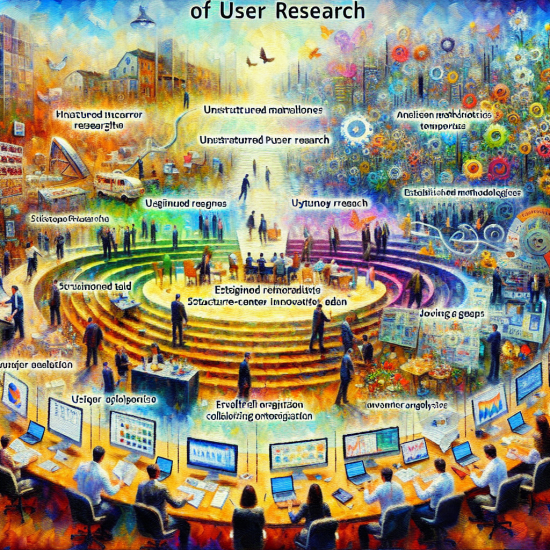Applying lessons learned in Agile is a bit like baking a cake—each step, when done right, builds up to something delightful. It’s about bringing real-world insights into your work, learning from each experience, and making each iteration better than the last.
Think of feedback as the yeast in our Agile mix. Without it, nothing rises. Collecting it is great, but the magic happens when you act on it. This isn’t just a box-ticking exercise; it’s about real change and improvement. Each feedback loop should lead to concrete actions that push projects forward.
Retrospectives are more than just meetings. They’re the oven where the team comes together, reflecting on what worked and what didn’t. It’s a chance for teams to brew a culture of openness, inspection, and adaptation. This process helps cultivate an environment where trust and improvement become natural parts of the workflow.
User-centric iteration is the flour, bringing substance to make each cycle meaningful. Use it as a tool to refine your understanding of user needs. The point is to build a product that feels like it was designed just for them, weaving in your evolving insights and delivering value where it counts.
Every baker needs data, the sugar, to measure success. Numbers tell a story, laying a foundation for informed decisions. Applying these insights to guide product evolution can reveal patterns and opportunities otherwise overlooked.
Embracing change—the egg in your recipe—doesn’t ruin the mix; it binds everything together. Treat change as an invitation to experiment and innovate, seeking new methods to deliver value. Stay curious and open to what the unexpected might offer.
Stakeholder collaboration is like the salt. It might seem minor, but it enhances everything else. Engage stakeholders in ongoing learning, building a joint vision for the product. Co-creation ensures alignment and enriches the product’s scope and direction.
Lessons learned aren’t just safety nets; they’re your strategy for risk management, reducing the chances of issues that have tripped you before. Think of past experiences as road markers, guiding future pivots and guarding against potential pitfalls.
Finding a sustainable pace is key—no one wants a burnt cake or a burnout team. Learn what works and iterate to keep the team motivated and efficient. Good processes shouldn’t just boost productivity; they should also foster well-being.
Consider a startup that had to pivot sharply when the original product vision flopped. They drew from user feedback, retooling features to better align with user problems. The result was a much sharper product offering, all thanks to applying lessons learned.
Or think about a project bogged down by an unwieldy feature set. The team applied past lessons, prioritized user-value features, and scrapped the rest. This shift didn’t just speed up their release; it made the user experience smoother and more satisfying.
In another scenario, a team revamped their workflow following retrospective insights. The result? A hefty boost in productivity and a more enthusiastic team. Here, the application of learned lessons directly translated into better processes and morale.
A different team learned first-hand the importance of quality control. A rocky launch taught them to integrate quality assurance right into each development cycle, drastically cutting defect rates and enhancing customer trust.
Here’s some practical advice: keep your backlog alive, constantly updating it to reflect lessons learned. Open up communication channels within the team, sharing insights and nurturing collective learning. Use retrospectives not just as problem spotters, but as commitment-makers to action plans. Balance user feedback with data for well-rounded product decisions. Stay nimble, ready to shift strategies based on fresh insights and market changes.
Remember, the journey of applying lessons in Agile is all about continually raising the bar—iterating, learning, and refining until the end product satisfies user needs and meets market demands.


